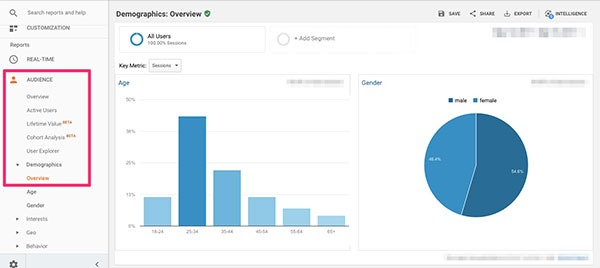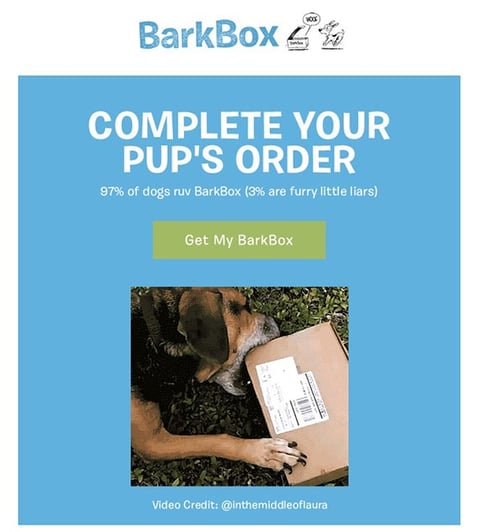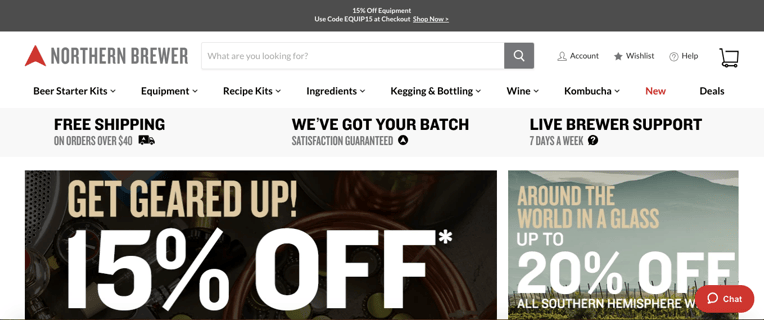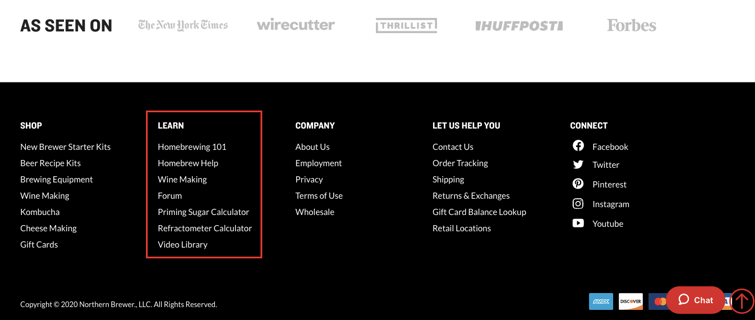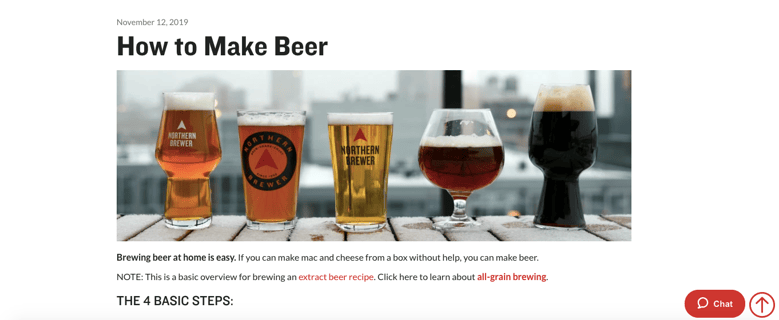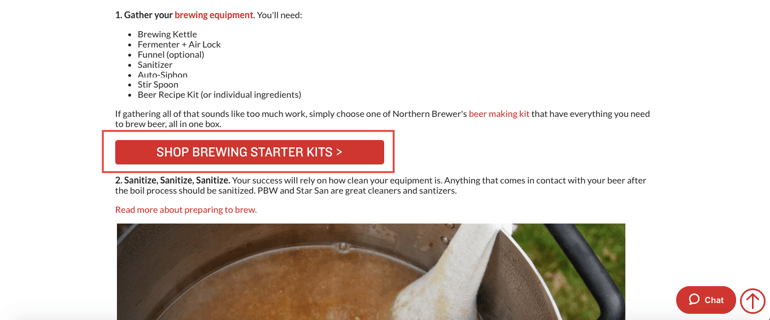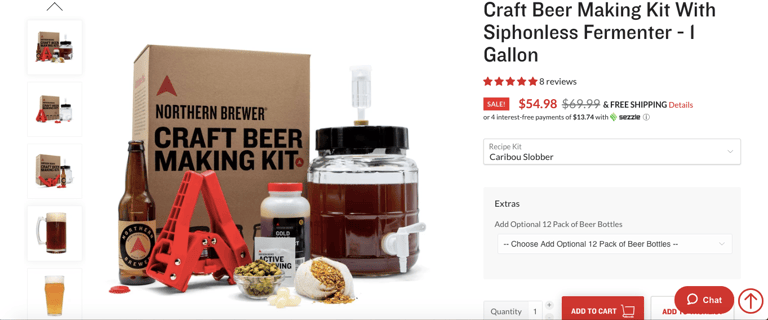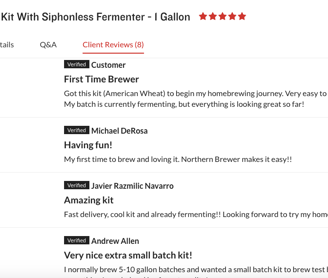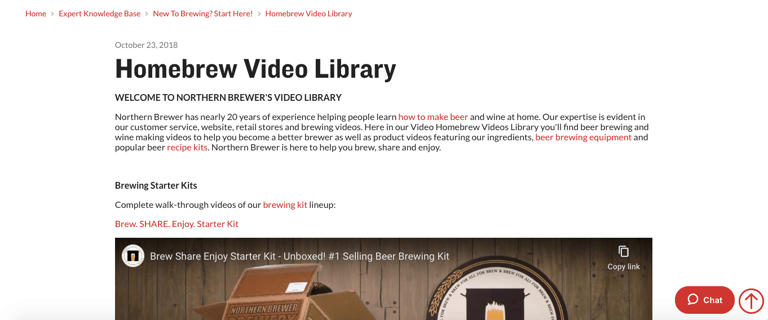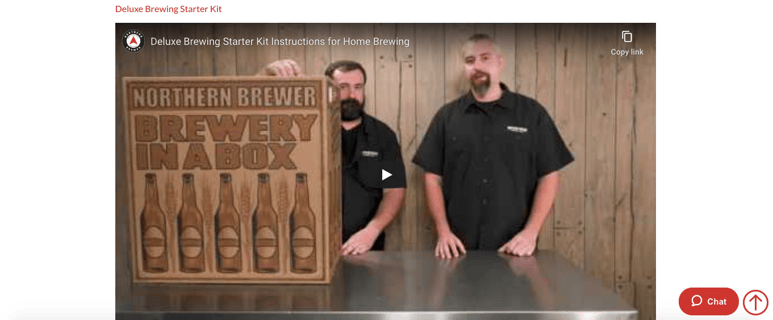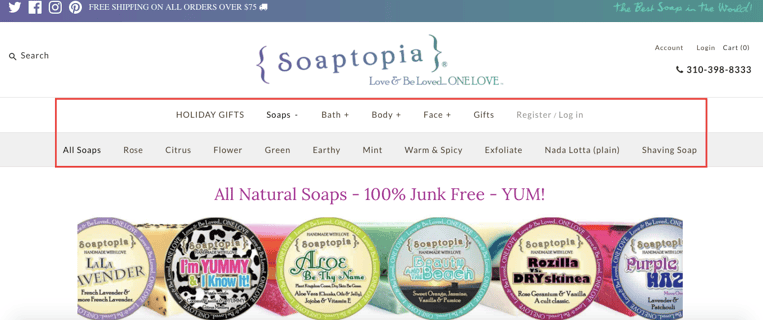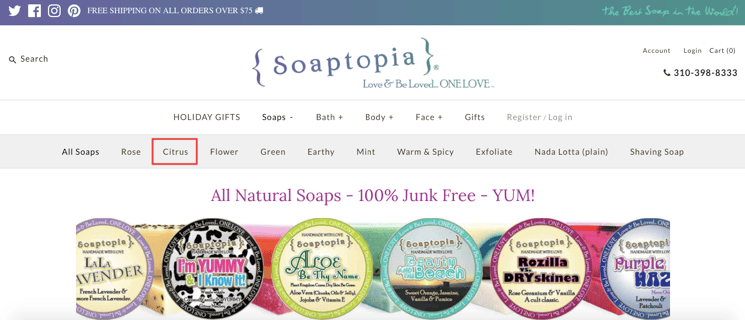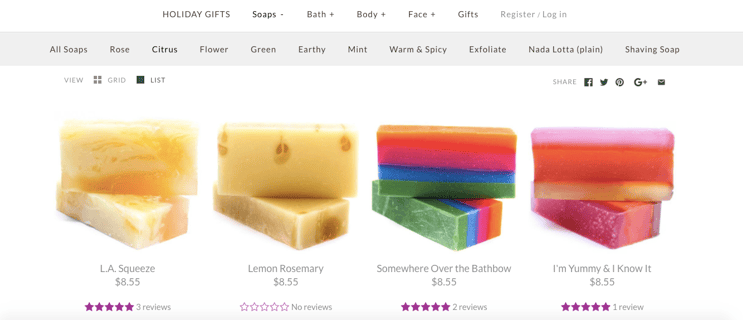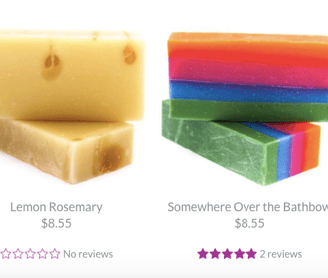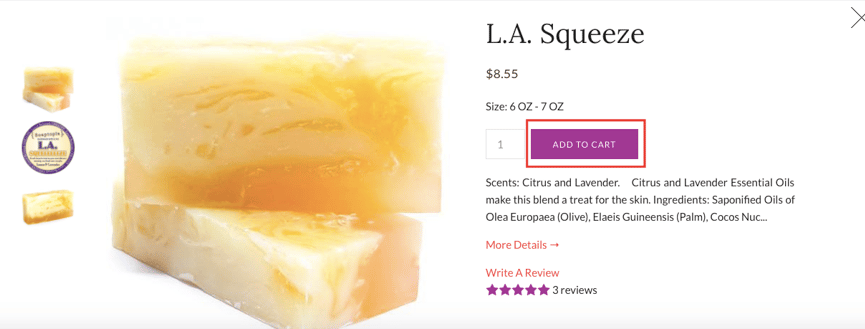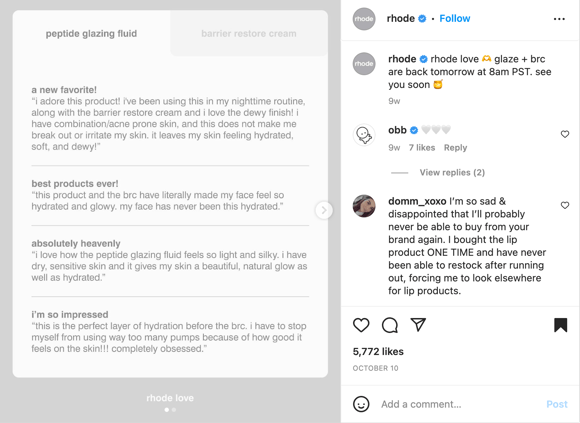Inbound Marketing For Ecommerce Everything You Need To Know
MARKETING
Chidi Ugochukwu Joseph
11/1/20229 min read
Effective lead generation is the bread and butter of any ecommerce store.
And inbound marketing has rapidly become the best way to find new customers and get them to make purchases.
A study by Gartner shows that a well-planned inbound marketing strategy will do 10 times better than outbound marketing when it comes to lead conversions.
So how do you get started with ecommerce inbound marketing?
To help you out, I have put together everything you need to know about inbound marketing for e-commerce.
In this post, I cover the key elements of ecommerce inbound marketing, and some proven strategies to help improve your sales.
Let's get started!
Table Of Contents
Inbound Marketing For Ecommerce: Everything You Need To Know
Understanding Inbound Marketing
Key Elements Of Inbound Marketing For Ecommerce
Understanding Inbound Marketing
Inbound marketing for ecommerce is a set of marketing techniques and strategies powered by content relevant to potential customers that are used to lure these prospects to your business or store.
Imagine this: You’re in the market for a new pair of running shoes and searching online for options but can’t seem to find any you like.
A couple of days later, as you scroll through Instagram, a video ad pops up advertising the exact kind of running shoes you are looking for.
You open up the website and place an order for the shoes.
Simply put, that's how inbound marketing works.
This scenario captures the four-step inbound marketing process: to attract, convert, close, and delight.
Inbound marketing involves posting relevant content on your website and other online platforms that garner interest in your product.
This introduces potential customers to your brand, who you then have to convert to paying customers.
While outbound marketing focuses on reaching out to potential customers to get them to make a purchase. Inbound marketing uses high-quality content to attract and retain customers for your ecommerce store.
And if you still need any more convincing, a study shows that businesses that use inbound marketing can save up to $14 for each newly acquired customer when compared to traditional marketing.
With that said, let’s take a look at the key elements of inbound marketing for e-commerce!
Key Elements Of Inbound Marketing For Ecommerce
Buyer Personas
Before you launch any of your marketing strategies, you’ll need to map out your target audience properly. This way, you don't send generic ads to all your customers.
Instead, you can split up your audience into different categories based on demographics like;
Age
Geographic location
Gender
Nationality
Employment status
Education
These specific categories represent a personality that reflects each target audience.
This personality is called a buyer's persona.
A buyer's persona breaks down your audience on a critical level helping you understand the wants and needs of that particular group.
You can also improve your grouping by considering buyers intent, asking questions like;
Is this a new buyer?
What is their purchase frequency?
And how much do they spend?
Identifying a buyer's recency, frequency, and how much they can spend gives you a better insight into their customer value.
But how do you get the information you need?
One sure-fire easy-to-use method to get customer demographics is through Google analytics.
Google Analytics provides you with a demographic overview which you can use to create multiple buyer personas by breaking down demographics.
And you can do this without having to interact with customers.
These buyer personas can then be used effectively to create personalized content for a specific audience to improve its effectiveness.
Personalized content can take different forms, from the subject line of your email to using language your audience will be familiar with.
A great example is the BarkBox graphic below.
The call to action in the ad reads, “Complete Your Pup’s Order.”
BarkBox uses “Pup’s” instead of “your” because they believe humanizing your pet will resonate better with the buyer persona they are targeting.
Another example from BarkBox is the subject line of their email.
Once again, BarkBox uses a personalized subject line they believe will resonate well with BarkBox customers. If a sports ecommerce store sent this email it wouldn't make so much sense.
Content Marketing
As I said previously, a huge part of inbound marketing is using high-quality content to attract customers.
Content marketing for ecommerce is creating valuable content, including blog posts and videos filled with helpful information about that industry.
This valuable content builds a connection between a customer's interests and your products or service, which you can convert into sales.
For instance, let’s take a look at Northern Brewer’s content strategy.
Northern Brewer is an ecommerce brand offering recipe kits, home brewing starter kits, equipment, and ingredients to individuals getting into microbrewing.
Microbrewery has experienced a recent boom in interest, forming the basis of Northern Brewer's content strategy.
In addition to its products and offerings, the Northern Brewer site also has a “learn” section that contains expert advice perfect for customer education.
Anyone interested in microbrewing may open up the Northern Brewer website to learn the basics of winemaking and home brewing, among others.
Furthermore, Northern Brewer finds a way to weave its products into these info pages. So as a customer gets the education they need, they also find relevant products that can help in their home brewing journey.
When a customer clicks on a link, they get directed to the product page, but it does not end there.
Northern Brewer’s content strategy takes it a step forward by introducing content in the form of user reviews and ratings that can persuade a customer to make a purchase.
If you don’t have one already, your ecommerce store needs a section where customers can see reviews from people that have visited your store.
Reviews help your site rank organically and are a determining factor for many customers before they make a new purchase.
Additionally, Northern brewer also has a huge video library with step-by-step instructions from experts and forums where customers can interact with other microbrewing enthusiasts.
Northern Brewer’s fascinating strategy of using customer education as a content play can also work for your ecommerce brand, depending on your niche.
While relevant blog posts on your ecommerce site can improve your website ranking, guest posts are another way to attract customers to your website.
Guest posts are blog posts that go up on external websites with backlinks to your products giving your ecommerce site more domain authority.
And the best part is some websites let you submit posts for free; if you find a site with posts related to your industry, you can ask to expand on it.
Content marketing also requires proper scheduling to be effective.
To properly plan and schedule your content marketing, you can create a content calendar that determines what gets posted, when, and on what platform.
Remember to bear in mind the buyer's persona at each stage of your marketing strategy to perfect your sales funnel and maximize sales.
Search Engine Optimization
Search Engine Optimization or SEO is a key element of ecommerce inbound marketing.
The SEO for your ecommerce website helps you rank on the first page of search engines, and boosts your brand visibility.
So how does it work?
Search engines and humans view websites a lot differently.
Search engines like Google leverage structured data like reviews, alt texts, titles, and keywords to satisfy a user's query.
This structured data determines if your website pops up as a result of a user's query.
Many e-tailers complain about what a heinous task SEO can be, but when done properly, SEO improves the effectiveness of ecommerce inbound marketing.
The first step to ensuring your website ranks well is having the proper site structure.
Your site structure should be simple and easy to use, and you can do this by clearly indexing and properly assigning pages.
Let's consider the ecommerce store Soatopia’s site structure
Soaptopia outlines its products on different pages, making it easy for customers to find what they are searching for.
Clicking on “Citrus” takes you straight to a page with product options under that section.
Clicking on a product option takes you to its unique page, where you can add it to your cart.
Put together, the process is simple and easy to use, making it less of a hassle to find what you are looking for.
Additionally, it also makes it easy for google to index your website pages, improving your brand visibility.
So, keeping a simple and well-organized website makes it easy for customers to find your products and for search engines to rank your website.
To further improve your SEO, you need to research and use keywords.
Keyword research puts together the rest of the process for your search optimization.
There are different ways to do your keyword research. If you’re new to keyword research, you can use a tool like Google Keyword Planner to get results.
After you’ve run your keyword research, you need to naturally sprinkle your keywords through your website with a focus on certain sections.
First is your URL. The specific URL for a product page should include a keyword to improve its visibility.
Soaptopia’s page is a great example of this:
You should also include keywords in your H1 and H2 tags, and if your website has a blog section, ensure you sprinkle keywords naturally in there as well.
Your webpage also needs to have a meta description-meta descriptions are 140-160 character text that gives a customer insight into what a page offers.
You will want to ensure each product page has a meta description on your ecommerce site.
Finally, you should also optimize all images you use on your website.
All product images should have an alt text that describes the image and also includes a target keyword.
Social Media Marketing
Social media is a huge frontier for e-tailers.
Every day more people spend most of their days using social media, around 4.76 billion to be exact.
This makes social media advertising an effective way to improve your brand visibility.
You can harness the power of paid advertisements via influencers or social media companies like Meta and Twitter.
Influencers are social media pages with massive followings that can get customers to visit your store.
An influencer in your industry can drive traffic to your site, which you can convert into sales.
Social media platforms like Facebook, Instagram, and Twitter also run targeted ads you can use that are guaranteed to bring you results.
However, the trick to mastering paid advertisements is to ensure you are targeting the right market. You can do some research or hire a social media manager to help you with this.
The form of content you post on social media also determines how far your content goes.
For instance, if you post video content, Hubspot says keeping them within 60 seconds will improve its effectiveness.
Your short videos can be funny clips targeting the younger generation or more informative clips for the older generation.
You can also harness your customer's content and post reviews on your page.
A good example is the Skincare brand Rhodes’ Instagram post.
In this post, Rhodes shows off customer testimonials after using their product, and you can swipe to the left to view more.
Customers love reviews because they tell them all they need to know about a product before making a purchase.
Finally, when posting on social media, don’t forget to use hashtags.
Hashtags work a lot like keywords, if you add relevant hashtags to your posts, they’ll appear on any user’s feed following that hashtag.
Conclusion
At this point, I’m sure there are no doubts about the effectiveness of inbound marketing for your ecommerce store.
However, it's important you note that organic content is the most important of your inbound marketing strategy.
And the same way high-quality content will help your brand visibility, low-quality content will give your brand a poor reputation.
It can be hard to maintain a steady stream of customers to your website, and I hope our guide to ecommerce inbound marketing will greatly help you on your journey.
